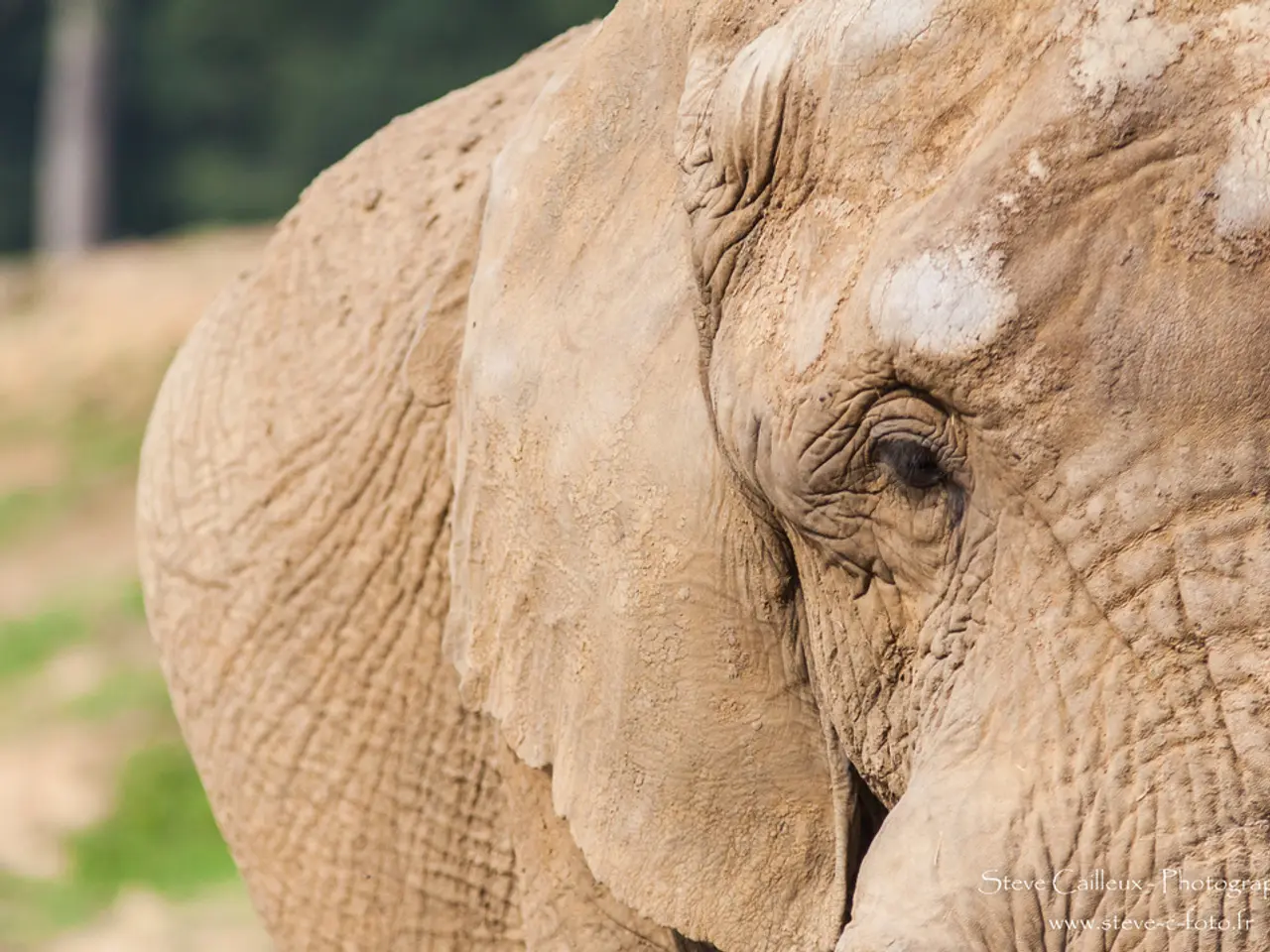Elephant Herd at Hellabrunn Elephant House Undergoes Reorganization
A depiction of the elephant collective
On July 24, 2025, the Hellabrunn Elephant House is experiencing a significant change as its elephant herd undergoes reorganization. The reorganization is due to the arrival of new members, Rani and Savani, from Leipzig, and the unfortunate death of a key figure, Otto.
The Departure of Otto
Otto, a young bull, was a significant member of the herd. His death has left a noticeable gap within the group. Otto's mother, Temi, and other elephants are still struggling to cope with his loss.
New Leadership and Roles
Rani and Savani, two elephant cows, have arrived at the Hellabrunn Elephant House at the end of May. They are now part of the reorganized herd, which consists of Rani, Savani, Temi, Mangala, and Gajendra. The existing elephants, Temi, Mangala, and Gajendra, are having to redefine their roles in the new group.
Temi and Rani, in particular, are experiencing difficulties in adjusting to their new roles. The tensions between Temi and Rani are a result of the reorganization of the herd due to Otto's death and the arrival of Rani and Savani.
Challenges in the Social Structure
The reorganization of the elephant herd is causing some challenges in the social structure of the group. Elephants display complex emotional behaviors, including grief, and the herd needs time to adjust to the loss of Otto and the arrival of new members.
The social dynamics among the elephants can sometimes be difficult for outsiders to understand. However, it is essential to consider these natural social dynamics to ensure the well-being and harmony of the herd.
Human Impact on Elephant Social Structure
Human activities, such as habitat destruction and poaching, can significantly disrupt elephant social structures. In the case of the Hellabrunn Elephant House, the reorganization of the herd is a result of human intervention, with the arrival of new members and the loss of Otto.
The herd's ability to adapt and maintain its cohesion is crucial for its survival. The reorganization may take time, but with careful consideration of both natural social dynamics and human impacts, the herd can overcome these challenges and thrive.
[1] Katala, S., & Raja, S. (2013). Elephants and human-elephant conflict in Sri Lanka: An overview. Journal of Threatened Taxa, 5(10), 3667–3674.
[2] Udawattha, N., & Wijesinghe, P. M. (2016). Human-elephant conflict in Sri Lanka: A review of its causes and consequences. Journal of Environmental Management, 170, 287–295.
[3] Douglas-Hamilton, I., & Douglas-Hamilton, F. B. (1975). Elephants: water, food, and habitat. In V. C. Wynne-Davis (Ed.), The behaviour of African mammals (pp. 327–353). University of Chicago Press.
In the wake of Otto's unfortunate death and the arrival of new elephants, Rani and Savani, from Leipzig, the Hellabrunn Elephant House herd undergoes a reorganization, impacting the social structure and mental health of its members. This transition necessitates a reassessment of roles, with Temi and Rani experiencing difficulties in their new positions, leading to noticeable tensions. The complex emotional behaviors exhibited by elephants call for an understanding of their natural dynamics and careful human intervention to ensure the herd's wellness and harmony.




